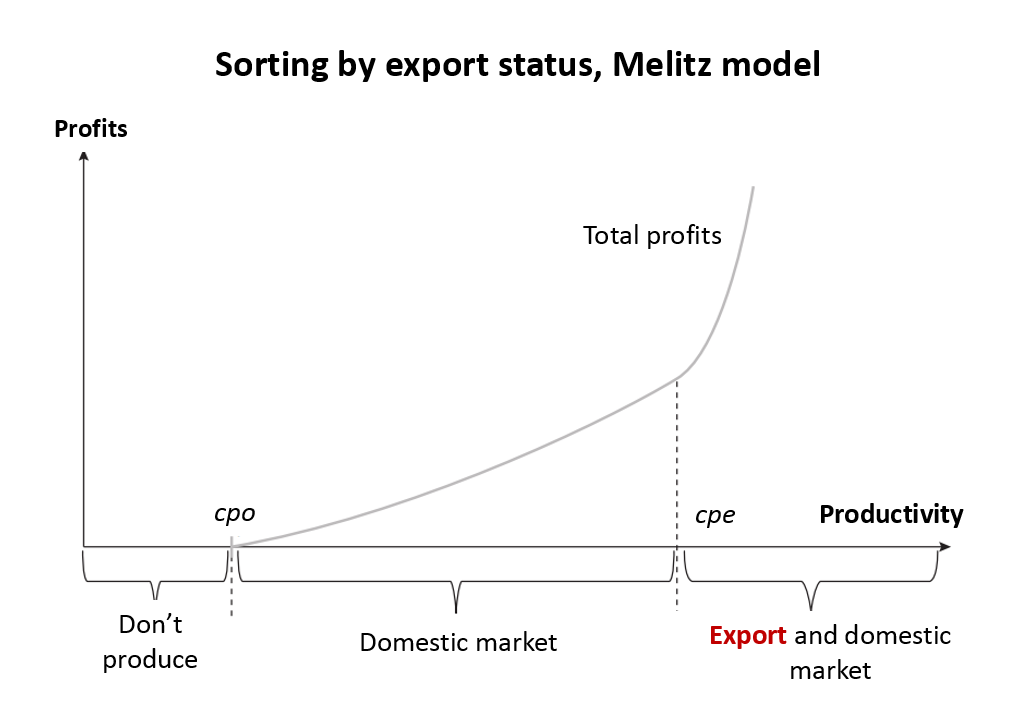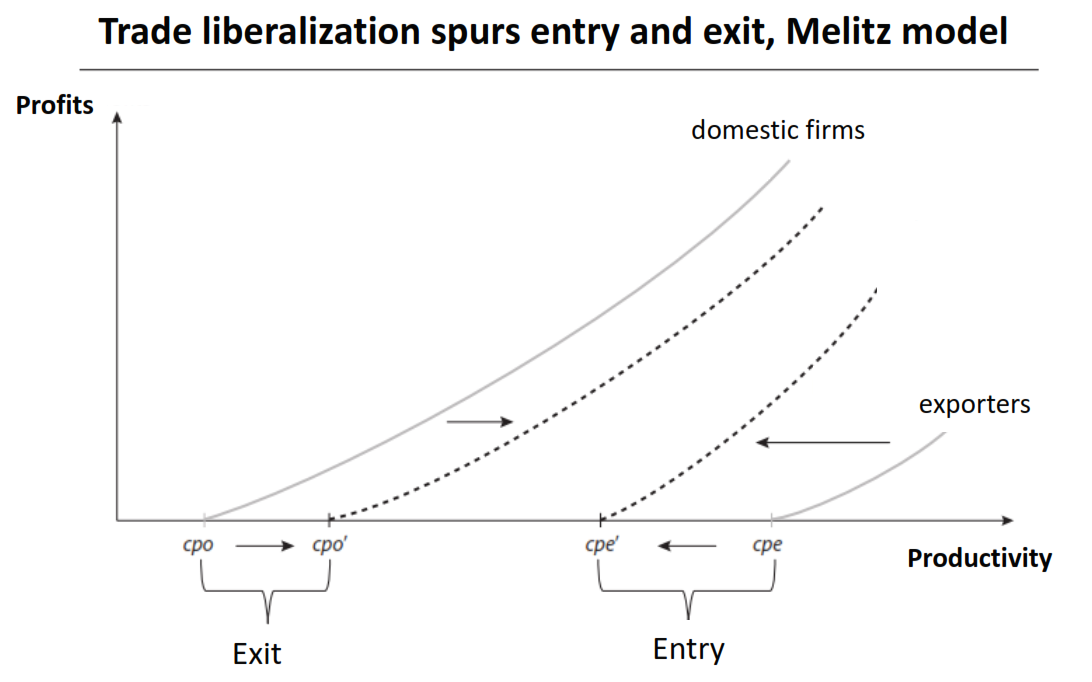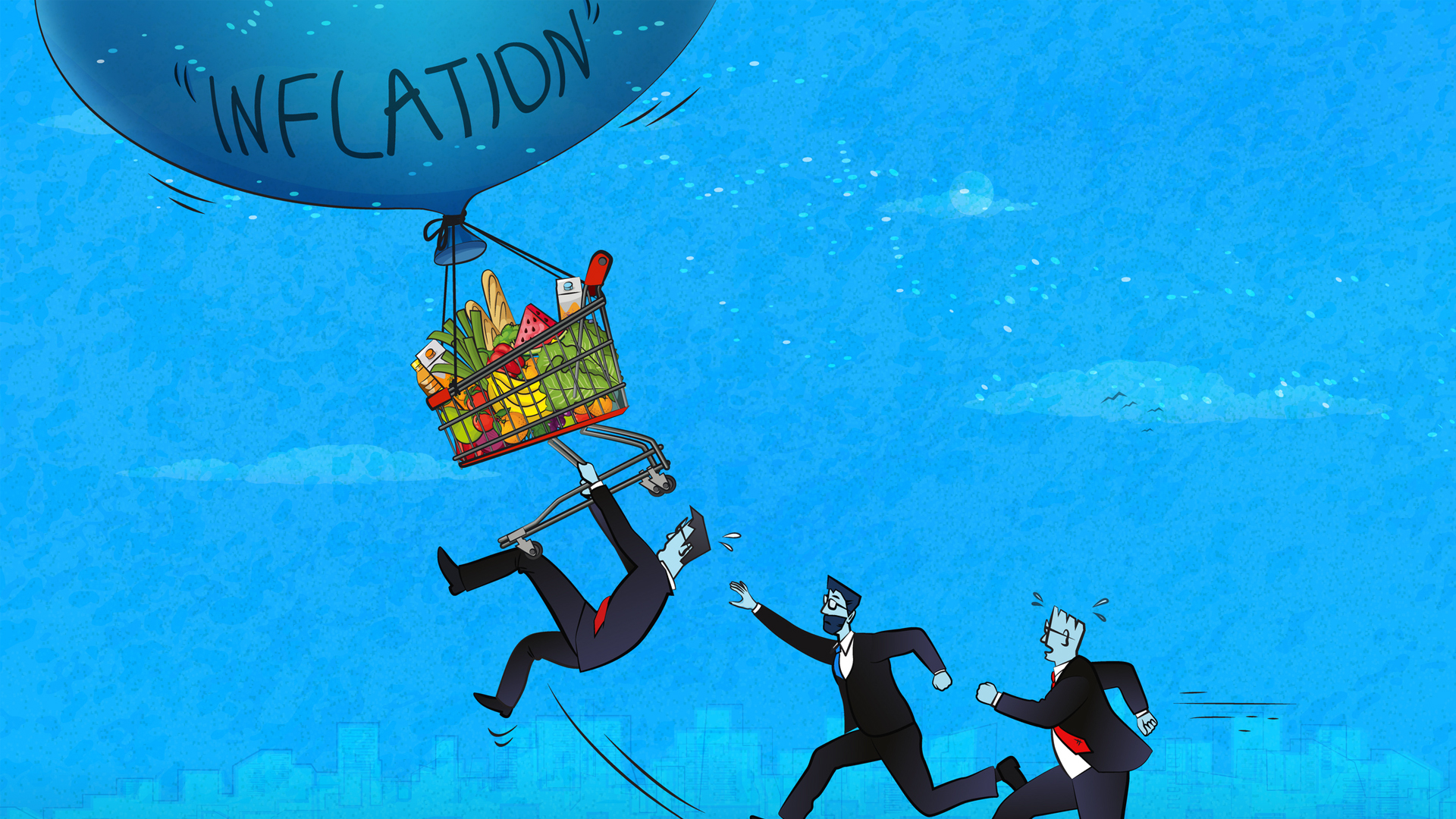
Businesses, like people, differ in many important ways. Some are quite productive; some aren’t. Some businesses thrive after trade liberalization, while others fail.
These ideas are almost self-evident, but it turns out that rigorously analyzing them is no easy task. In fact, significant research progress has only occurred in the past two decades by developing new firm-level data sets and trade models (as opposed to the earlier industry or country-level approaches).
Because this research occurs largely at the academic frontiers and uses complex economic models, the results are not that clear to non-specialists. Thus, the goal of this new chapter in the IRPP’s trade volume by Beverly Lapham (economics professor at Queen’s University) is to demystify this research: to provide an accessible overview of recent developments in theoretical trade models and explore some of their policy implications.
Melitz model
Lapham describes –in detail, but without the math– an important break-through model developed by Marc Melitz that emphasizes firm-level decisions and differences, which was published in 2003.
This model emphasizes the fixed costs of entering foreign markets, and the fact that entry requires an up-front and uncertain investment. It allows us to conveniently group firms based on their productivity and whether they export.
 *cpo= cut-off productivity for operating; cpe= cut-off productivity for exporting. Source: Lapham (IRPP, 2015).
*cpo= cut-off productivity for operating; cpe= cut-off productivity for exporting. Source: Lapham (IRPP, 2015).
The model predicts that as a group, exporters will tend to be larger and more productive than non-exporters– a result that’s been found for Canada and several other countries. (This chapter by Baldwin and Yan reviews the firm-level Canadian evidence and is a nice companion paper).
Intuitively, only the more productive firms are profitable enough to cover the costs of entering the foreign market. So in the simplest Melitz framework there is « self-selection » into trade, where only « better » firms choose to export. However, it is increasingly clear that the effects go in both directions and that the act of trading can also raise firm-level productivity.
Of course, the idea that increased trade raises productivity isn’t new. What’s new is the channel that arises for this to occur–through differing responses to trade policy that shift the economy’s resources from firms with lower productivity to those with higher productivity.
 *cpo= cut-off productivity for operating; cpe= cut-off productivity for exporting. Source: Lapham (IRPP, 2015).
*cpo= cut-off productivity for operating; cpe= cut-off productivity for exporting. Source: Lapham (IRPP, 2015).
After trade liberalization, reallocation occurs through entry and exit, which academics often call the « extensive margin ». For example, tariff cuts induce tougher foreign competition (and higher domestic wages), which causes the least productive firms to exit the market. Conversely, improved market access abroad encourages the most-productive firms (of those that previously only served the domestic market) to enter export markets.
Recent extensions
Lapham also examines some of the most important recent extensions in this literature. These include:
- going beyond exporting to analyze the complementarities between exporting and importing that can also boost a firm’s productivity;
- the use of foreign direct investment rather than exports to serve foreign markets;
- how trade can affect the labour market and potentially increase wage inequality;
- the reinforcing link between trade and innovation;
- the potential for trade to reduce mark-ups (of selling prices relative to production costs); and
- models that combine these newer firm-level decisions with traditional comparative advantage considerations at the industry- and country-level.
Policy implications
Lapham summarizes some of the key policy implications from this class of models as follows:
Governments should:
- consider the impacts of their policies on potential trade (entry and exit), not only existing trade;
- reduce the fixed costs for firms to participate in international markets (e.g., through regulatory cooperation);
- emphasize the links between trade and productivity and communicate these benefits to the public;
- coordinate traditional trade policies with other trade-related policies such as innovation, investment and industrial policy;
- facilitate firms’ imports of inputs;
- analyze the distributional impacts of trade for both firms and workers.
This new policy focus means that our trade analysts need new tools, such as better access to firm-level and employee-employer matched data in Canada.
Finally, Lapham cautions policy-makers that trade policies which simply reward firms for participating in international markets may not be cost-effective as they tend to have limited effects on trade, and may largely reward firms who would be active abroad even without government incentives.
I encourage you to read the full paper here. It has something to offer for those who are familiar with this literature and non-specialists alike.







